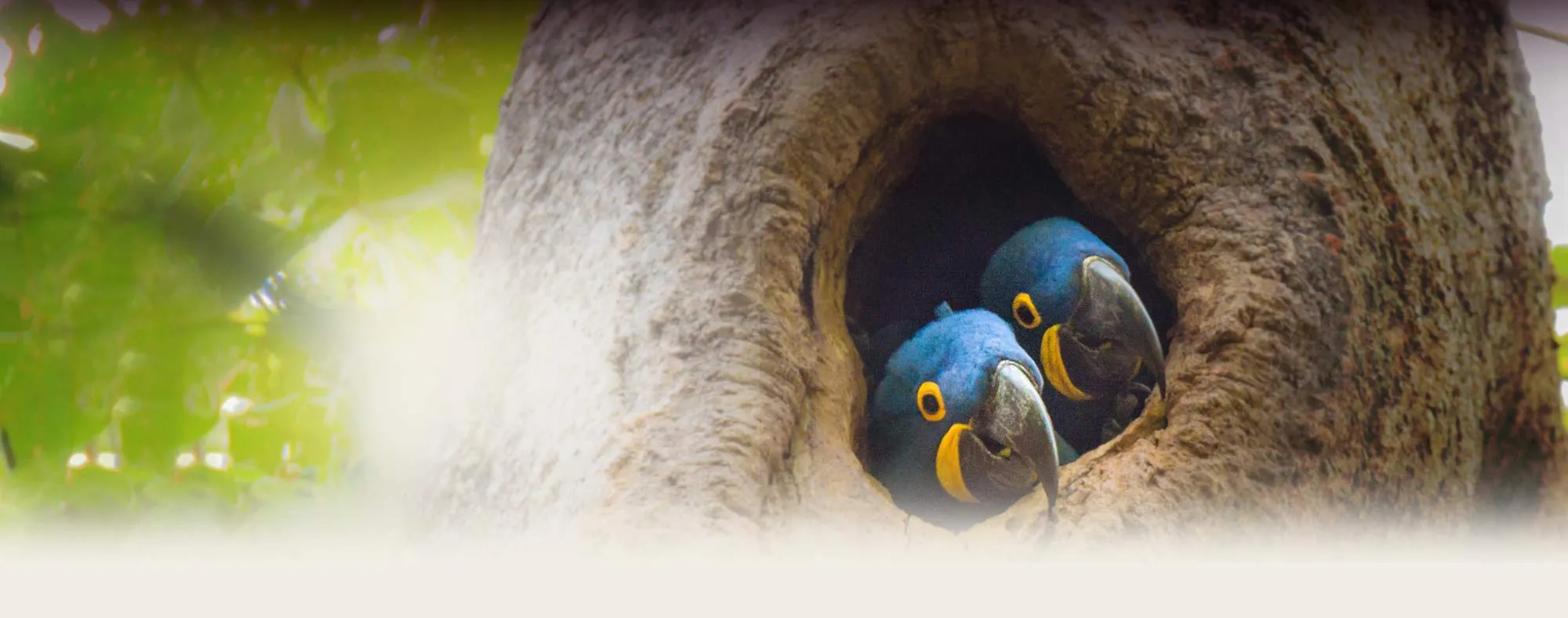Have you noticed your lively male cockatiel suddenly quieting down, closing his eyes more, and spending all his time with his mate after their first mating attempts? This cockatiel behavior change is common during breeding season and can worry many owners. In this article, we’ll explore why your showy singer turns mellow, what it means for your birds, and how to handle it. Drawing from avian expertise like Lafeber Pet Birds, these shifts are normal but signal a transition from courtship to nesting priorities.
Cockatiels are affectionate pets, but pairing them introduces natural hormonal changes. If your male was whistling nonstop to attract his female, his post-mating calm isn’t illness—it’s biology. Understanding this helps you support their health while deciding if breeding fits your home.
For more on keeping various pets, check out our guide on household birds.
Normal Courtship Behavior in Male Cockatiels
Male cockatiels are the entertainers of the bird world. Before mating, they belt out tunes, strut with head bobbing, and flare crests to woo females. This vocal display, often including whistles or songs mimicking household sounds, serves one purpose: attraction.
Owners love this phase—your bird might chirp for hours, eat heartily, and interact playfully. According to avian behaviorists, these displays peak in spring but can occur year-round in captivity due to longer daylight or diet triggers. A happy, unmated male is active, exploratory, and bonds loosely with humans.
 Group of colorful pet birds interacting in a community setting
Group of colorful pet birds interacting in a community setting
However, once mating succeeds, priorities flip. No more serenades needed; energy redirects to pair bonding and reproduction.
Key Cockatiel Behavior Changes During Breeding
Post-mating, expect a stark shift. Your male may stop singing entirely, sit with eyes half-closed (not sleeping, but relaxed vigilance), and eat less. He’ll hover near the female, entering the nest box to “sing” softly only for her, then resume resting.
This mirrors observations from experts at Lafeber: breeders vocalize less publicly, focusing on the mate. Physical signs include a brighter cere (nose area) turning yellow-orange in males, reduced activity outside the pair, and preening sessions between them. Poop remains normal but smaller due to lower intake.
In one case, a owner reported her male cockatiel going from constant whistling to box-guarding after first copulation—exactly like yours. Hormones drive this: testosterone surges for courtship, then prolactin for parenting.
Why the Personality Shift Happens
Singing is communication for unmated males seeking partners. With a mate secured, it’s inefficient. Evolution favors energy conservation for egg incubation and chick-rearing. Studies from the Association of Avian Veterinarians (AAV) note breeding birds prioritize territorial protection over pet-like antics.
They’ll bond intensely with each other, potentially rejecting human handling. Aggression towards owners emerges to safeguard the nest—males may lunge or scream. This “big change in attitude” isn’t depression; it’s instinct. Post-breeding (successful or not), some revert partially, but paired birds rarely fully resume pet behavior.
If unpaired, solo males might redirect to toys or people, but pairs cement the shift.
 Illustration of birds, bunny, and chick for pet newsletter subscription
Illustration of birds, bunny, and chick for pet newsletter subscription
What to Expect and When to Worry
During breeding, males guard the box, regurgitate food for the female, and shred materials for nesting. Females lay 4-6 eggs; incubation lasts 18-21 days. Chicks fledge at 4-5 weeks.
Monitor health: Persistent lethargy, fluffed feathers, or watery droppings signal illness like avian bornavirus—vet check ASAP. Normal breeders eat less but steadily; supplement with calcium-rich foods like cuttlebone.
Breeding risks include egg-binding in females or chronic egg-laying exhausting resources. Unplanned pairs strain owners with 6+ chicks yearly.
Tips for Managing Cockatiel Breeding Behavior
Decide early: Breed or separate? If breeding, provide a safe nest box (12x12x18 inches, wood shavings), 12-hour light cycles, and high-protein diet (pellets, veggies, sprouts). Limit handling to avoid stress.
To curb hormones without pairs: Shorten daylight to 8-10 hours, remove nest-like spots, avoid petting back/tail, and use hormone-control diets low in corn/soy. Consult an avian vet for Cabergoline if extreme.
Experience from breeders shows separating post-season restores some friendliness, but pairs thrive together. Patience is key—your chirpy friend may evolve, but healthy birds adapt.
In summary, this cockatiel behavior change after mating reflects successful pairing, not problems. Support their needs while prioritizing welfare. Consult a certified avian veterinarian for personalized advice, and share your story in comments below. Happy bird parenting!
References
- Lafeber Pet Birds: Male Cockatiel Changes in Behavior
- Association of Avian Veterinarians (AAV): Guidelines on parrot reproduction.
- DrCockatiel.com: Cockatiel Mating Behavior Secrets.
(Word count: 812)
